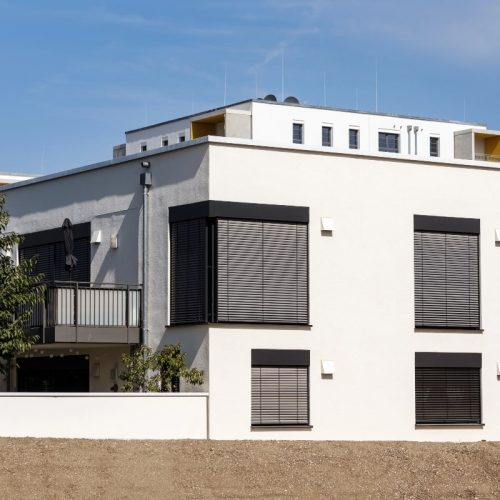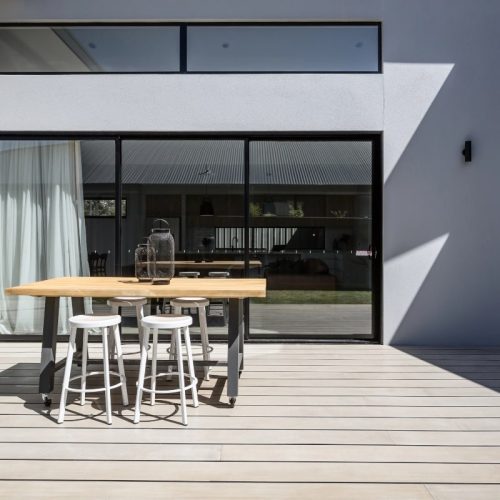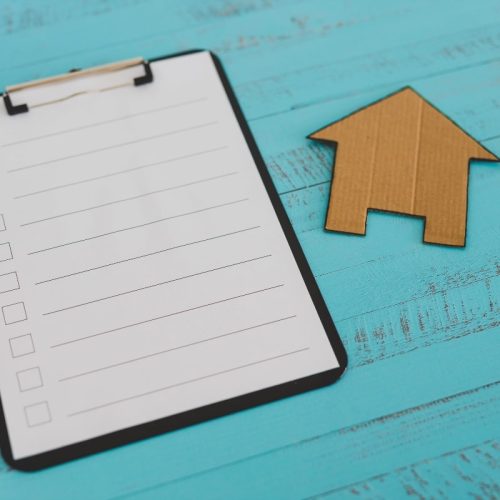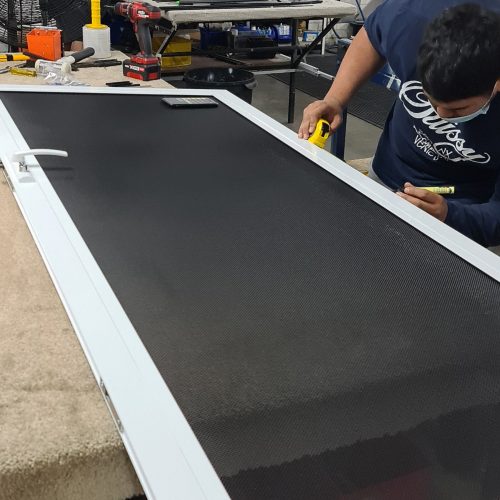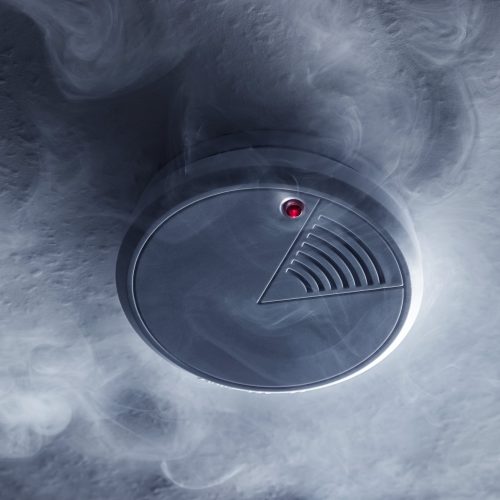
Early February 2021, a fire at Wooroloo, near Perth, razed 81 homes.
And who could forget the ‘Black Summer’ bushfires? That particular bushfire season cost the country $103 billion. It lasted from June 2019 until May 2020, destroying nearly 10,000 buildings, out of which approximately 3,500 were homes.
It’s unfortunate to know that there is even such a thing as bushfire season and that every year, people need to be prepared for the possibility of losing their homes to a fire.
Therefore, to reduce the risk of losing everything during a fire accident, people need to adequately prepare their homes.
When it comes to preparing for a fire accident, nothing beats planning ahead and ensuring all family members know exactly what to do in case a dreaded fire reaches your doorstep.
To ensure you and your loved ones are prepared for such an eventuality, create the perfect home fire escape plan using these three steps.
Step 1: Inspect Your Fire or Smoke Alarms at Home
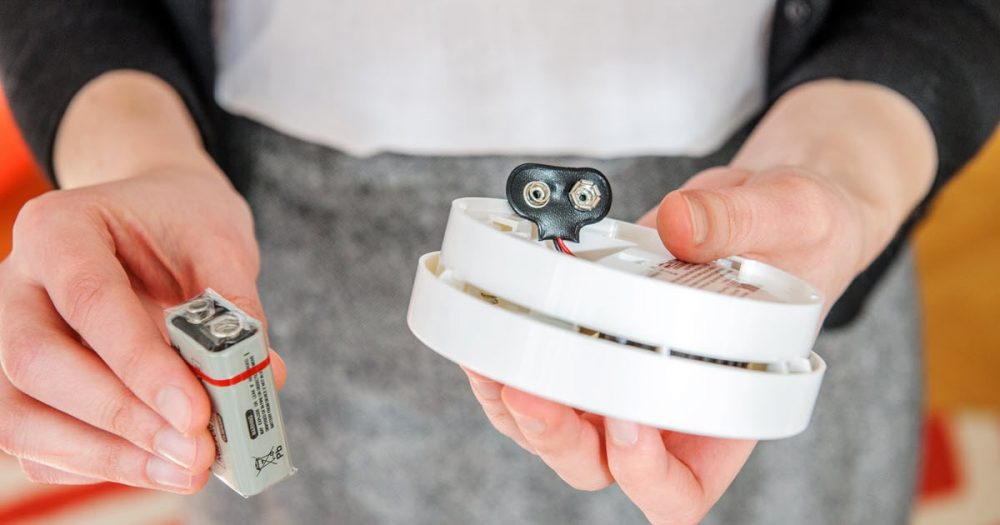
According to the Department of Fire and Emergency Services (DFES), a working smoke alarm can spell the difference between life and death, as well as getting seriously injured in a fire.
In fact, the DFES says that one is 26 per cent more likely to sustain severe injuries and four times more likely to die in a fire without a working smoke or fire alarm.
This is why all homes are required to have smoke or fire alarms. However, simply having one or a set of interconnected smoke alarms is not enough. You also need to conduct periodic checks to make sure yours is working and will do its job in case the unfortunate happens.
You need to ensure all your smoke alarms are less than 10 years old and fully functional. If your smoke alarms are defective, the DFES recommends the installation of photoelectric alarms, which are considered more efficient than conventional ionisation smoke alarms.
Proper maintenance is key, and residents are advised to test their smoke alarms on a monthly basis. Keep your smoke alarm clean by vacuuming off the dust, cobwebs and dead insects once a year. Replace the battery every year as well.
Step 2: Create Your Family Home Fire Escape Plan
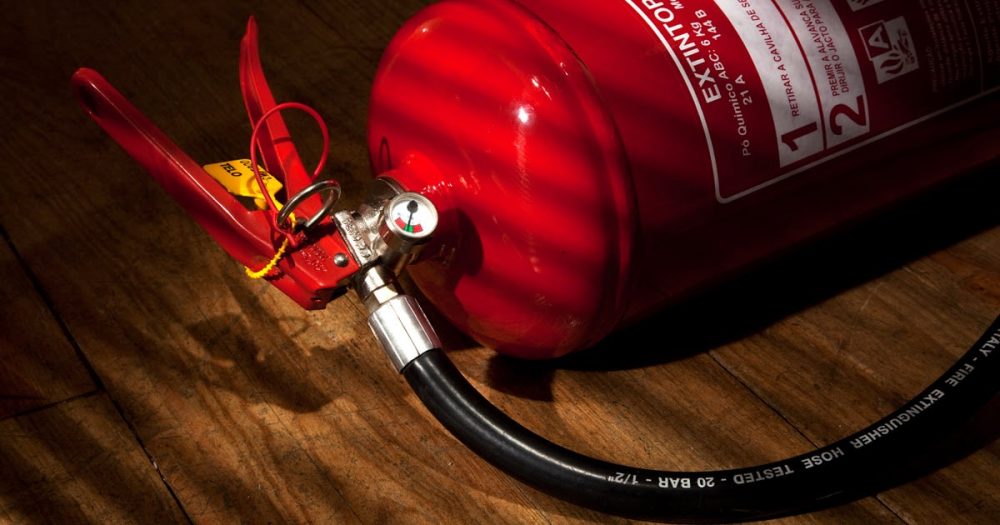
Allocate a few hours for coming up with a home fire escape plan all family members need to master in case a fire accident happens. If there are children at home, some family members need to be assigned to direct and take care of them during a fire.
While planning your escape route, consider the following:
- Make sure every family member knows the emergency fire department number.
- Identify at least two escape points from every room.
- Ensure that no windows or security grills are jammed.
- Designate a safe spot near an exit where everyone has access to keys for all exit points.
- Decide on how people on the lower and upper floors can escape.
- Keep all exits or escape points free from clutter.
- Teach your adolescent children about what heavy objects they can use to break a glass window and how to shield themselves by using a blanket or mat.
- Tell them how they can use a mattress as a buffer in case they need to jump from an upper floor.
- Share tips on how to slow down a fire, such as by closing doors behind you as you head toward exit points.
- Discuss what they should do if they escape the home ahead of the others.
- More importantly, talk about scenarios when they are unable to escape: where should they go and what should they do?
- Show everyone where certain supplies meant to help them during an unsuccessful fire escape attempt can be found. These include duct tape or towels for sealing the door cracks and covering air vents to prevent smoke from seeping through and flashlights or fluorescent-coloured clothing for signalling to people outside.
- Other things you need to discuss at length include how you can help each other out during a fire and who will take charge of family members with a disability, the elderly, children and pets.
- If you live in an apartment building, make sure everyone is oriented as to where all exit points are located and how to use those escape routes safely.
- Agree on a place to meet and wait for everyone after escaping from your home.
- Instruct everyone to call Triple Zero (000) in case someone is missing.
- Warn everyone against re-entering a burning building or house.
During this time, you could also plan for modifications to your home to make it more friendly to facilitating home fire escapes.
One way to do this is by installing the SupaScape™ Fire Egress System. It is a specialised type of window that’ll make it easy for your family to escape a fire at home whilst also keeping out intruders effectively.
Another item you need to note is if your home or street number is visible and readable from the road. If it’s hard to read or identify, paint it on the curb in a clear, bold font. You can also install readymade house numbers so fire trucks and first responders won’t have any trouble finding your home.
In case you have guests or visitors, always introduce your fire escape plan to them so they are also prepared.
Step 3: Conduct Mock Fire Escapes
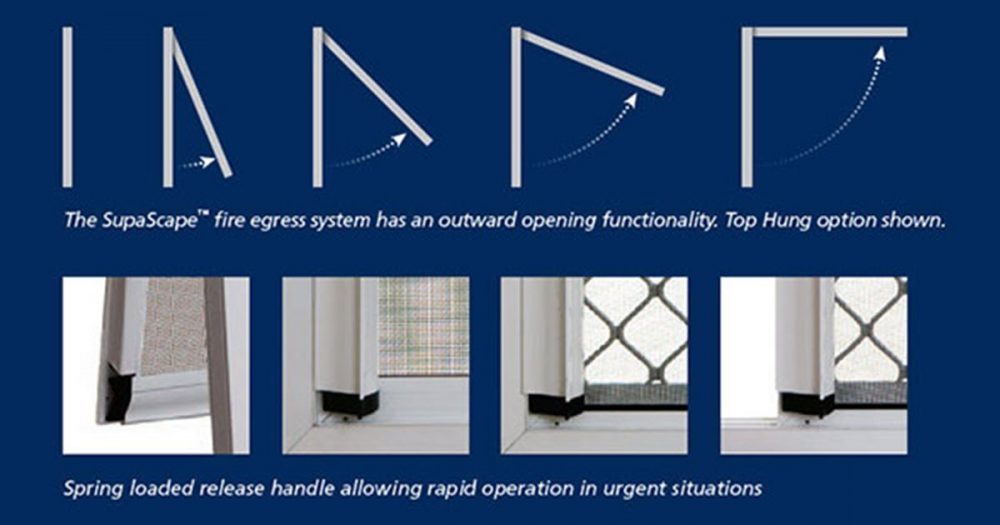
Remember that planning is easy.
However, during a real fire, panic can and does set in, so most people are unable to think straight. Therefore, you also need to take your plan seriously and gauge how well everyone has mastered it through practice.
Consider these pointers during your home fire drills:
- Practise during the day and night as there’s no predicting when a fire can happen.
- Your drills should include different escape versions such as trying to escape while blindfolded, crawling on all fours or standing.
- Time how quickly you are all able to escape.
- Identify which fire escape routes take the longest and shortest time.
- Get your kids and pets used to hearing a smoke alarm and train them to be able to identify it so they know what to do.
- Ensure all duplicate or spare keys are safe yet accessible to everyone at home.
Plan ahead and practise drills at least every six months so you and your family will feel more confident and prepared for a fire.
Create Your Home Fire Escape Plan Today
If you’re ready to create a home fire escape plan and want to ensure your exits are up to standard, get in touch with our team to discuss our range of fire escape windows. Central Screens & Locks will ensure your home is not only easy to exit in the case of a fire, but also that it is protected year-round from intruders.
